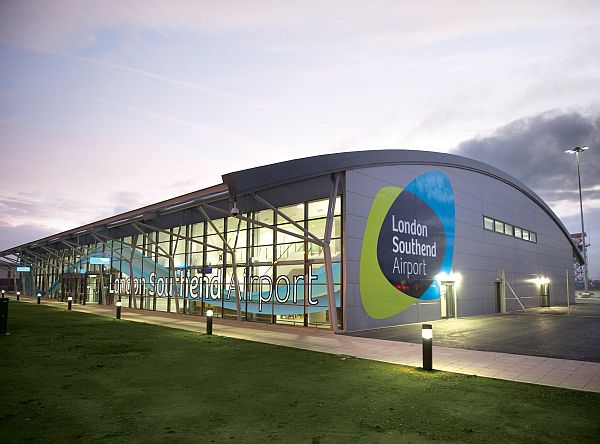
In the wake of the global pandemic, the aviation sector has experienced varied recovery rates, with London Southend Airport (Southend) enduring significant challenges. Morningstar DBRS reports on the precarious situation facing Southend as it navigates financial restructuring and operational hurdles.
As of April 2024, Southend’s journey towards financial stability encountered a critical phase with Esken Ltd., its owning entity, entering administration despite recent restructuring efforts. This move aimed to safeguard stakeholder interests without affecting the operational continuity and funding of Southend, as per the recapitalization proposal agreed with creditors Carlyle Global Infrastructure Fund and Cyrus Capital Partners. This proposal would see Carlyle converting a GBP 194 million loan into an 82.5% equity stake, leaving Esken with a 17.5% share, alongside GBP 32 million of new funding allocated for growth.
However, the unexpected entry of Esken into administration introduces a layer of uncertainty concerning the recapitalization’s effective implementation. This development raises questions about Southend’s commercial viability amidst a backdrop of uneven post-pandemic recovery across London’s airports.
Prior to the pandemic, Southend was lauded for its rapid growth, leading the pack among London’s airports with an impressive average annual passenger growth rate of over 32% between 2017 and 2019. Yet, by the end of 2023, passenger traffic plummeted to approximately 7% of its 2019 volume, marking a stark decline and the most significant setback among its regional counterparts.
The path to recovery seems fraught with obstacles, notably in re-establishing a robust airline network. Major airlines such as Ryanair and Wizz Air have yet to resume operations at Southend, opting instead for larger airports during the pandemic. This decision, coupled with reduced capacity constraints in the region and stiff competition, has stymied Southend’s recovery efforts. Currently, easyJet stands as the sole low-cost carrier operating at reduced capacity, servicing 11 European cities, a significant downturn from the 40 destinations catered to pre-pandemic.
Despite these challenges, a structural shift in the European aviation market, characterized by a rising preference for leisure and visiting friends and relatives (VFR) travel, may offer a silver lining. This trend has increased direct connectivity offered by low-cost carriers, suggesting potential for smaller, underutilized airports like Southend, provided they navigate their immediate financial hurdles successfully.
Southend’s future now hinges on the successful execution of its financial restructuring plan and the ability to adapt to the evolving landscape of air travel demand. As the aviation industry continues to recalibrate in the pandemic’s aftermath, Southend’s trajectory will serve as a testament to the resilience and adaptability required to thrive in uncertain times.
For further insights and analysis, Morningstar DBRS continues to monitor the situation, offering critical evaluations of the aviation sector’s recovery and strategic directions.












